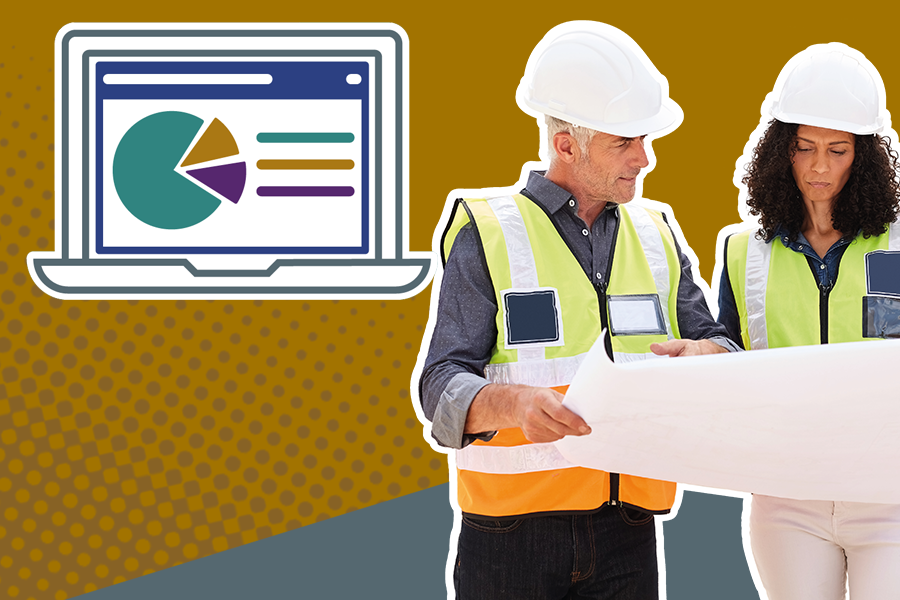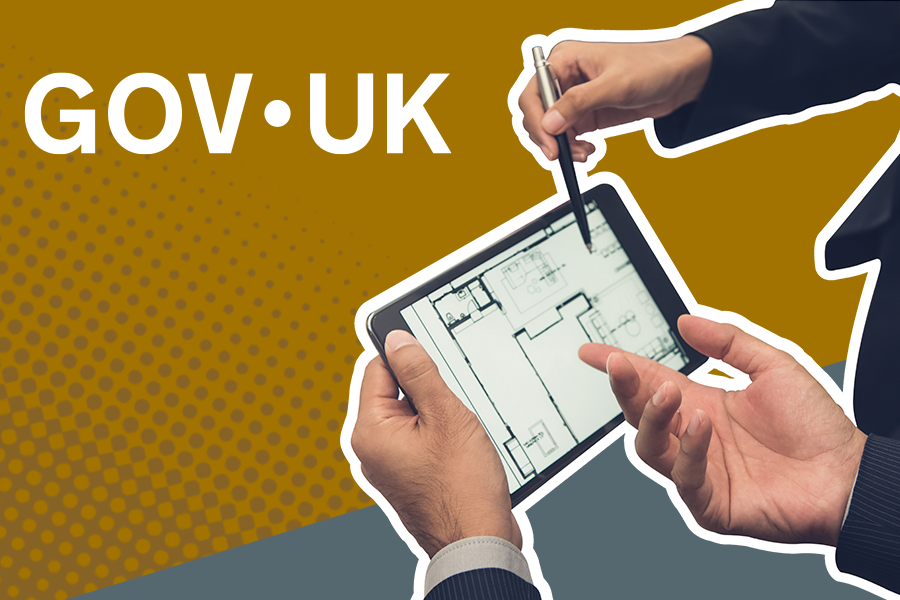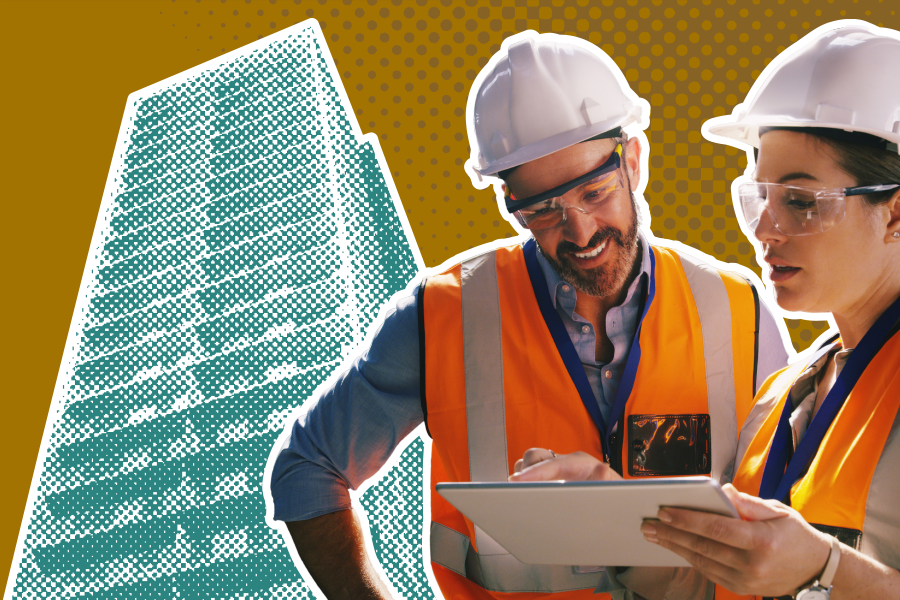Building control approval application data
BSR has released a building control Gateway 2 update to 22 December 2025.

Building control authority FAQs
A useful FAQ on how the Building Control Authority works and what BSR expects from industry.

Getting building control applications right
Support for high-rise developers with building control applications.

Building control guidance
We’ve made improvements to our guidance for building control approval for higher-risk buildings. Read the guidance and links to GOV.UK

Building control approval for higher-risk building work
BSR became the Building Control Authority for all higher-risk buildings (HRBs) in England in October 2023.
Developers need to apply to BSR for building control approval for all new building work in-scope of the higher-risk regime. This work can no longer be overseen by local authority or private sector building control.
Anyone applying to BSR for building control approval must ensure their applications clearly and comprehensively demonstrate compliance with building regulations.
High-quality applications help BSR make informed decisions quickly, reducing risk of misinterpretation – ensuring all building control standards are met.
Applicants should clearly identify every aspect of the project that requires compliance with building regulations. This ensures no detail is overlooked and each aspect of the HRB is accounted for in compliance documentation.
BSR needs a direct line of sight between identified aspects and the building regulations. So it’s very important that applicants clarify the exact standards, codes or documents each aspect of the HRB complies with.
It’s not enough to list compliance. Applications need to explain why these standards were chosen and how they apply to the project. This will ensure BSR can easily verify compliance and the application will not require further interpretation.
What does a good building control application look like?
If you’re planning work on a higher-risk building (HRB), getting approval means more than ticking boxes – it demands clear, well-structured evidence that your design meets all legal safety and quality standards.
Our Getting building applications right page shows you what’s expected and how to avoid the common pitfalls that can lead to delays or rejection.
With practical guidance, real-world case studies and expert insights, it gives you the understanding to submit a complete, compliant application – and get it right first time.
Seeking building regulations advice
As the regulator BSR won’t tell you how to comply with building regulation requirements or provide pre-application advice.
However, for some complex projects we may provide advice on the best way of staging your application. For example with multi-building projects. If you need advice on the buildings regulations it should be sought from competent professionals.
Applications which lack the required detailed information or fail to demonstrate clear compliance will be rejected. So it is crucial that developers provide quality, detailed and complete applications.
Gateway Three: The final safety gate before occupation
Gateway Three is the final and most critical checkpoint. It is the decisive stage where the new building safety regime delivers its ultimate test.
Developers must demonstrate that a building complies with all the relevant parts of building regulations and is ready for residents to occupy.
It is a legally binding checkpoint determining whether a residential higher-risk building – defined as residential or mixed-use blocks above 18 metres or seven storeys – can be occupied.
Without Building Safety Regulator (BSR) approval, no resident can legally move in. Moving people in beforehand is a criminal offence.
Gateway Three marks a real step change for the sector. We’re ready to guide and support developers every step of the way.
Building control application and approvals videos
This series of videos features expert webinars, explainers and vlogs designed to help industry professionals navigate the new regime. Learn how to prepare compliant, high-quality building control applications for higher-risk buildings and ensure project success.
Building safety guidance and resources
A to Z of building safety
Updates from the Building Safety Regulator
Keep up to date with the new regulator with our e-bulletin.
